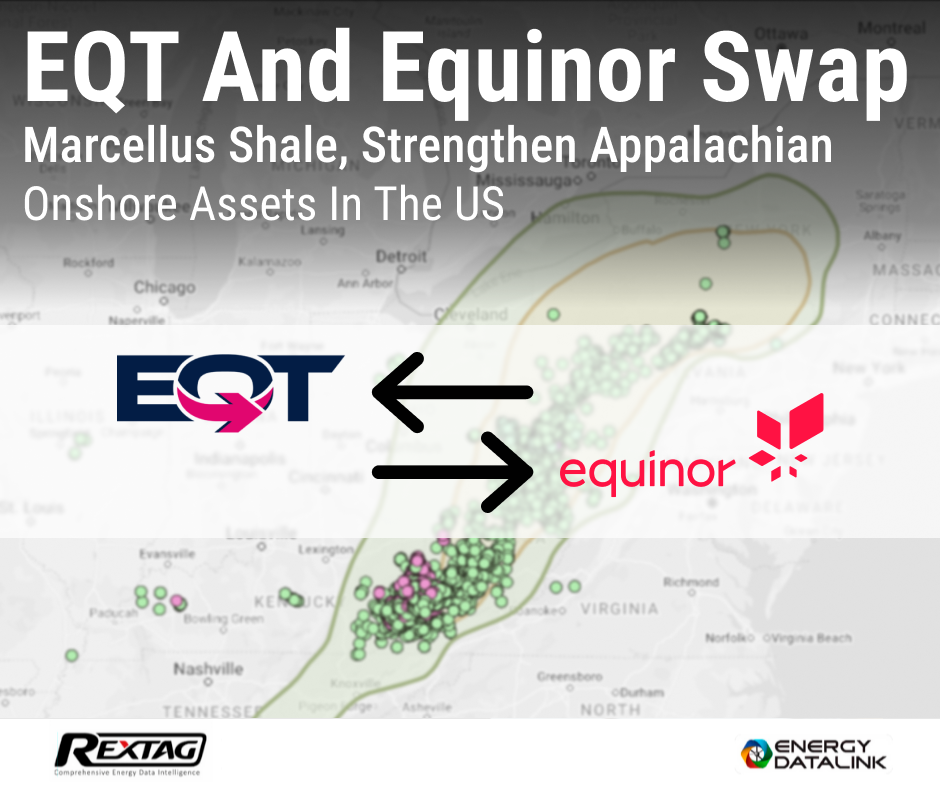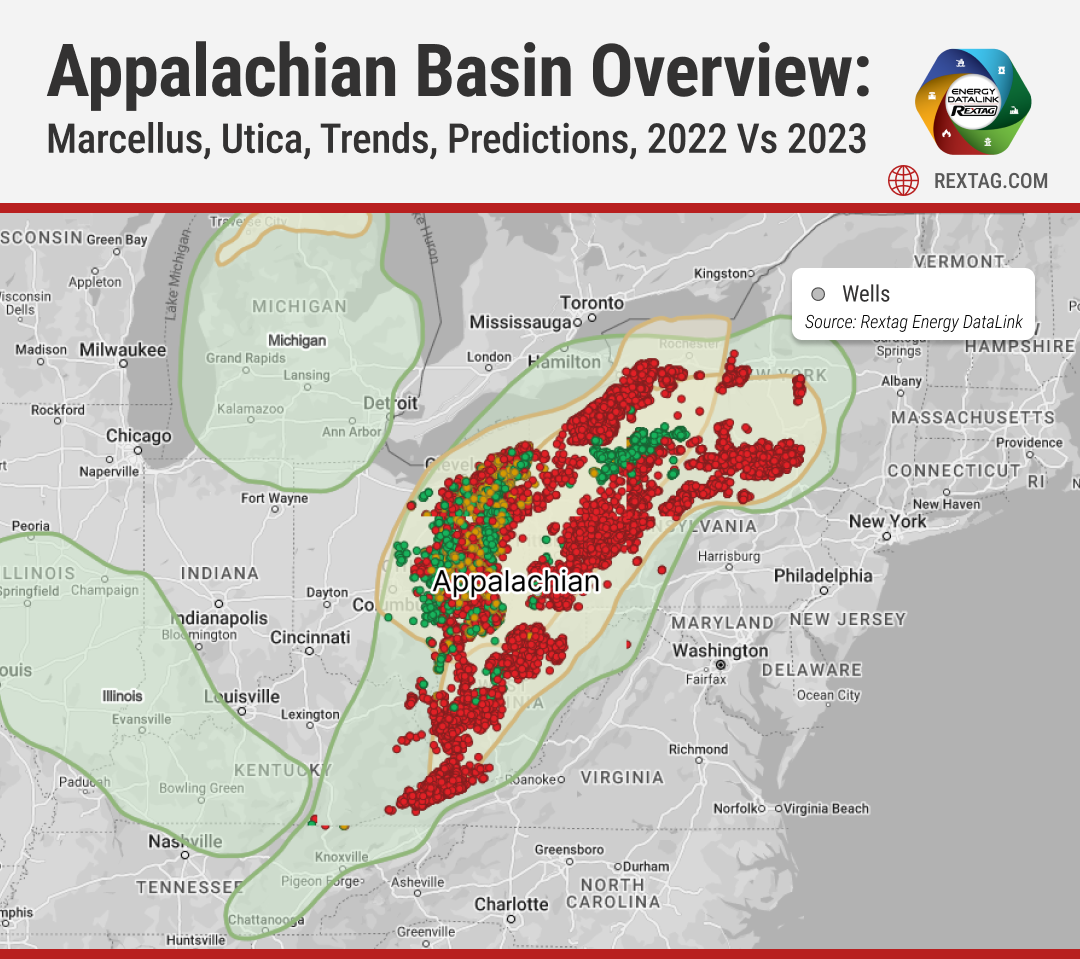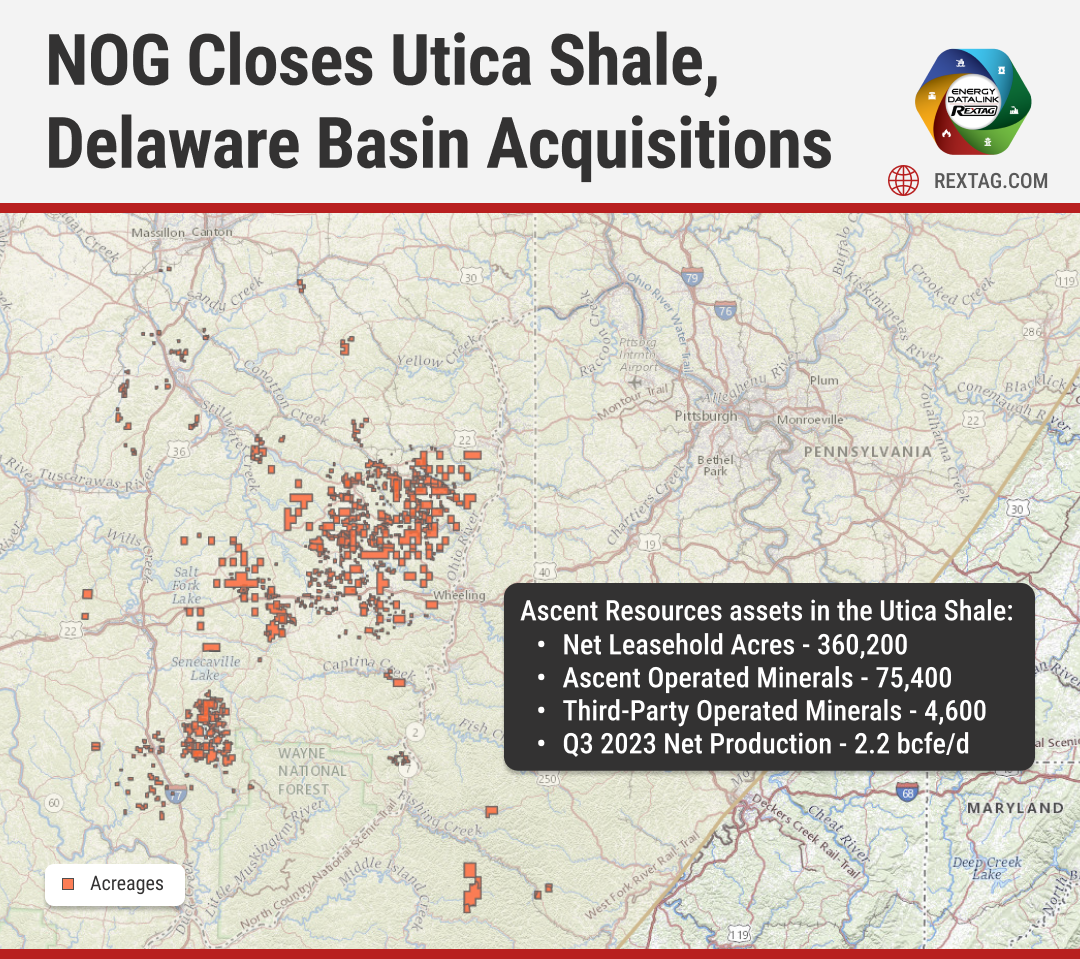Blog
Since days when shale oil and gas technologies were discovered, the U.S. energy industry has been evolving more rapidly than ever before. Many changes are amazing especially when you put them on an industry map. At Rextag not only do we keep you aware of major projects such as pipelines or LNG terminals placed in service. Even less significant news are still important to us, be it new wells drilled or processing plants put to regular maintenance.
Daily improvements often come unnoticed but you can still follow these together with us. Our main input is to “clip it” to the related map: map of crude oil refineries or that of natural gas compressor stations. Where do you get and follow your important industry news? Maybe you are subscribed to your favorite social media feeds or industry journals. Whatever your choice is, you are looking for the story. What happened? Who made it happen? WHY does this matter? (Remember, it is all about ‘What’s in It For Me’ (WIIFM) principle).
How Rextag blog helps? Here we are concerned with looking at things both CLOSELY and FROM A DISTANCE.
"Looking closely" means reflecting where exactly the object is located.
"From a distance" means helping you see a broader picture.
New power plant added in North-East? See exactly what kind of transmission lines approach it and where do they go. Are there other power plants around? GIS data do not come as a mere dot on a map. We collect so many additional data attributes: operator and owner records, physical parameters and production data. Sometimes you will be lucky to grab some specific area maps we share on our blog. Often, there is data behind it as well. Who are top midstream operators in Permian this year? What mileage falls to the share or Kinder Morgan in the San-Juan basin? Do you know? Do you want to know?
All right, then let us see WHERE things happen. Read this blog, capture the energy infrastructure mapped and stay aware with Rextag data!
Decline in US Oil and Gas Rigs Signals Continued Supply and Price Stability
The U.S. oil and natural gas rig count experienced a slight decline, falling by four to a total of 633 rigs for the week ending August 21. Despite this modest drop, industry analysts have noted a surprising resilience in both oil supply and natural gas prices as the year progresses, suggesting that the market may be more robust than previously anticipated.
Utica vs. Permian: Can It Really Compete for America's Top Oil Plays?
EOG Resources is pushing boundaries in Ohio's Utica oil play and now drilling on the Sable pad, also located in Noble County. This site features the 3.7-mile lateral currently under construction. The company's first multi-well pads in the area Timberwolf and Xavier have each produced over 200,000 barrels of oil since their inception—Timberwolf in August and Xavier in October. A third site, the four-well White Rhino pad in Noble County, is also showing promising early results, according to Keith Trasko, EOG’s Senior Vice President of Exploration and Production, who noted the wells are performing as expected in their initial weeks.
Appalachian Basin Overview: Marcellus, Utica, Trends, Predictions, 2022 vs 2023
Appalachian Basin (formerly Marcellus and Utica) covers most of New York, Pennsylvania, Eastern Ohio, West Virginia, and Western Maryland in the north, reaching down to parts of Northwest Georgia and Northeast Alabama in the south. The basin is massive, covering about 185,000 square miles, roughly 1,000 miles long from northeast to southwest, and in some places, it's up to 300 miles wide. In this area, some major companies are making significant investments. EQT stands out as the largest producer in the Appalachian Basin, with other key players including Chesapeake, Range Resources, Antero, Repsol, and Gulfport also actively investing.
NOG Successfully Acquires Utica Shale and Delaware Basin Operations
Northern Oil and Gas (NOG) has successfully completed two acquisitions, investing $162.6 million in properties within the Utica Shale and the northern Delaware Basin. In November 2023, NOG ventured into the Utica Shale by acquiring interests from a private seller, including less than one producing well and slightly over one well in development, spanning several counties in Ohio. These areas, primarily operated by Ascent Resources, focus on extracting oil and gas from the Point Pleasant Formation and the Utica Shale, with the Ohio assets being a significant part of this strategy.
.jpg)
.jpg)



